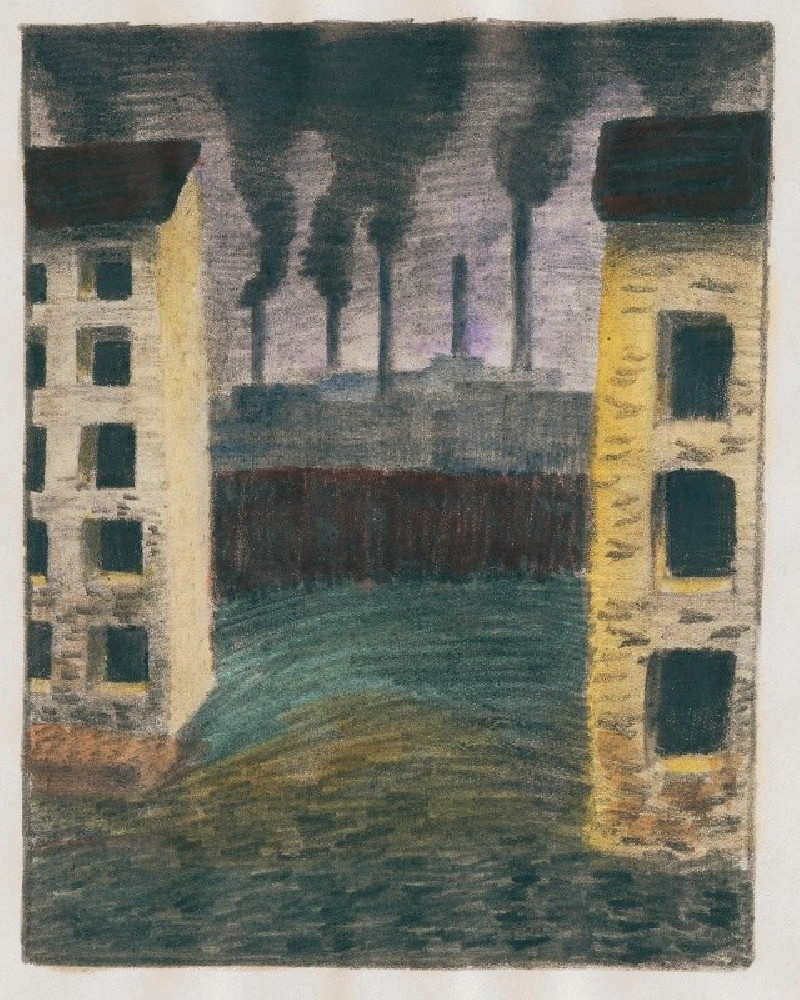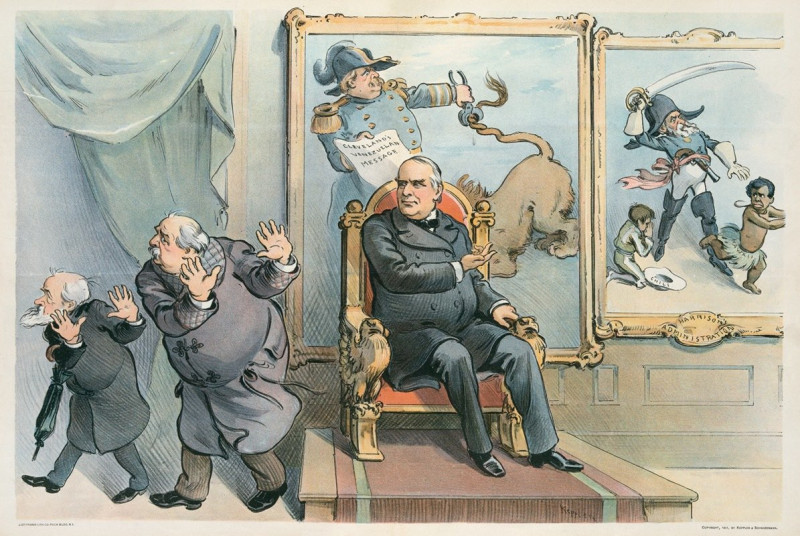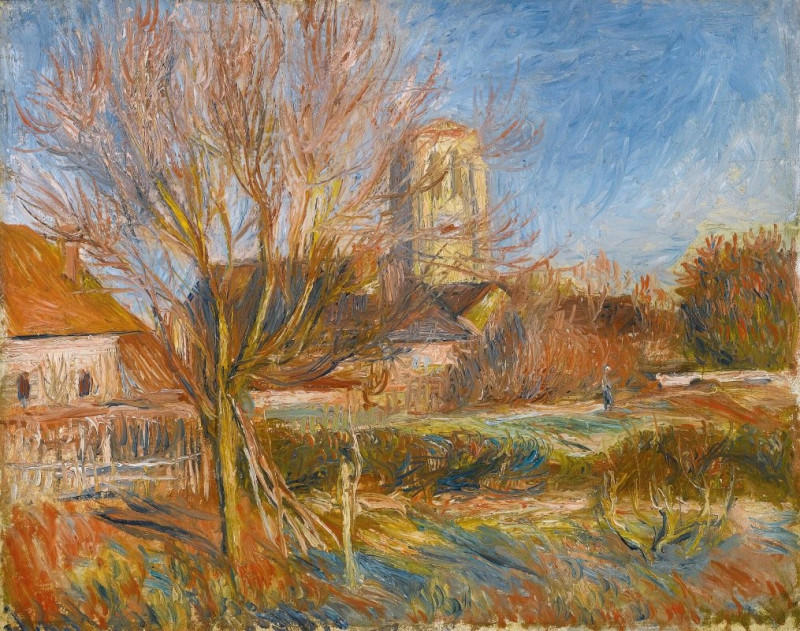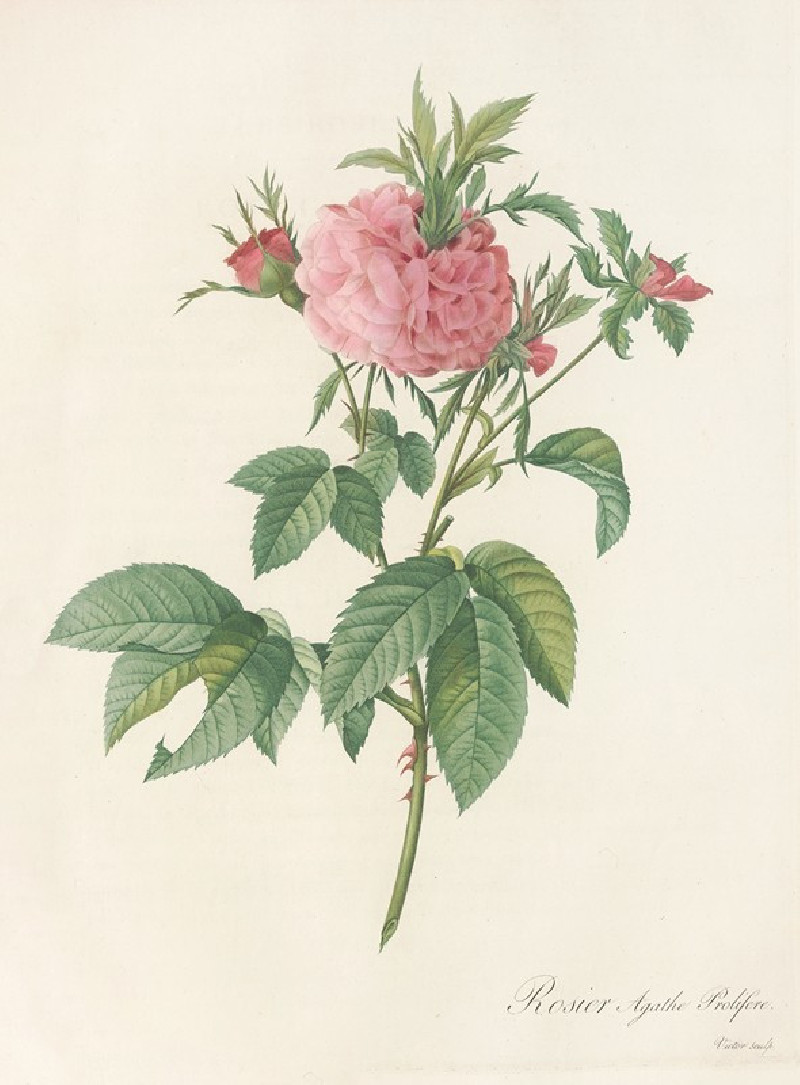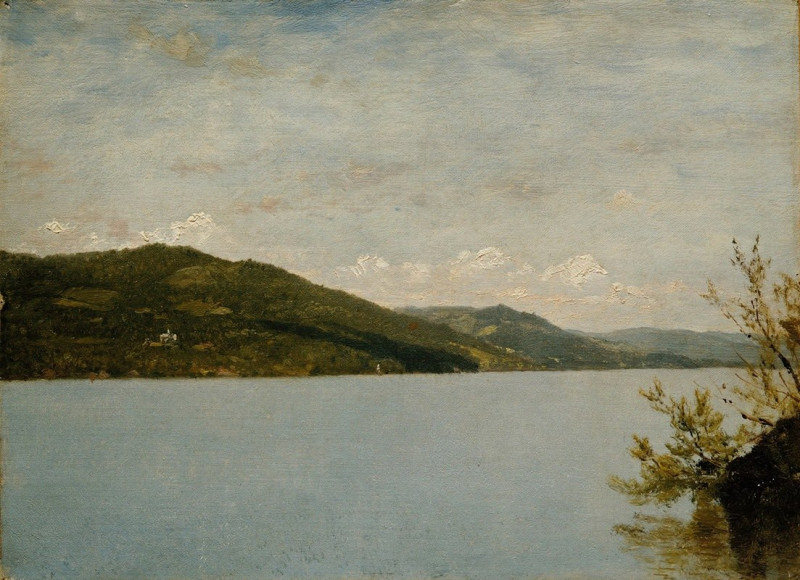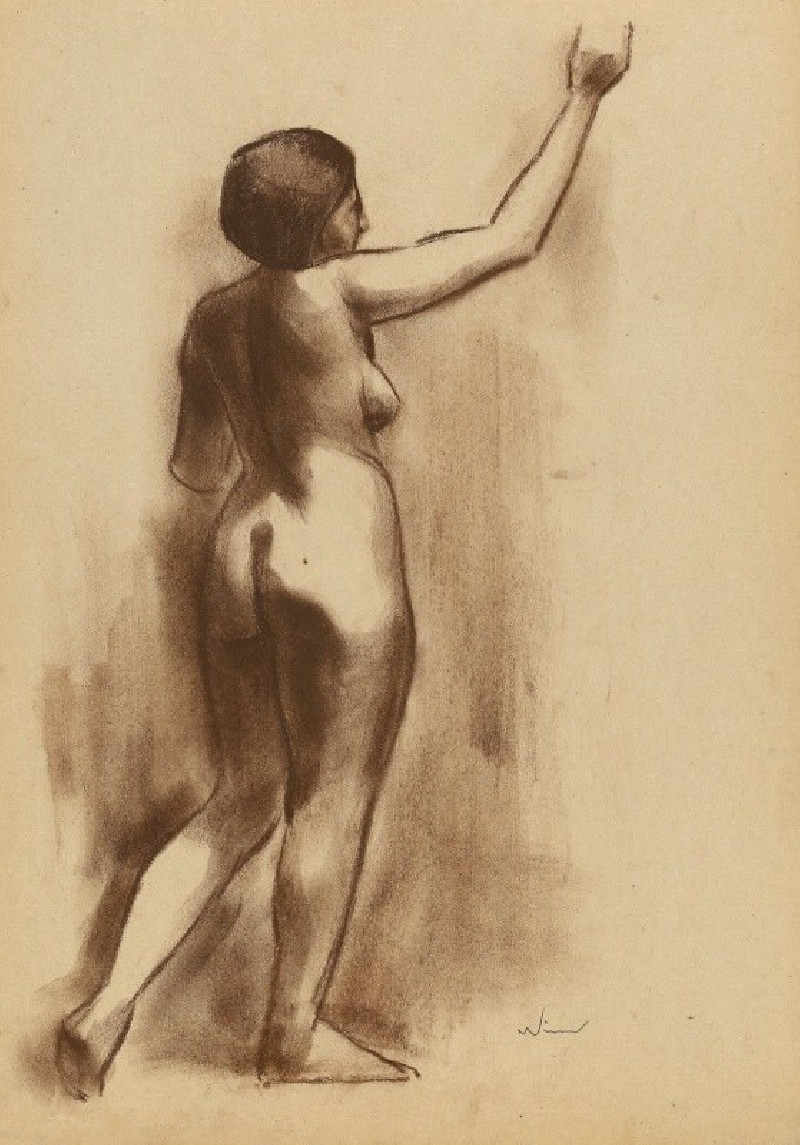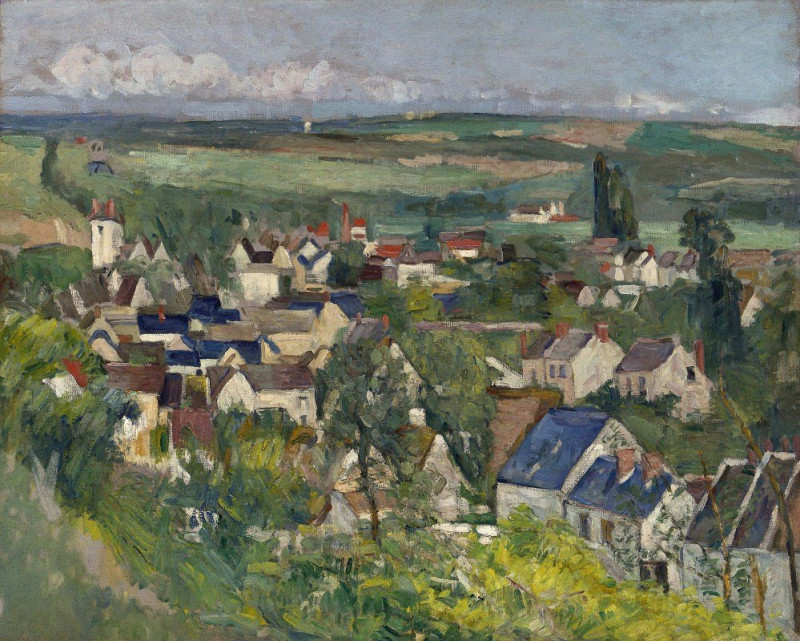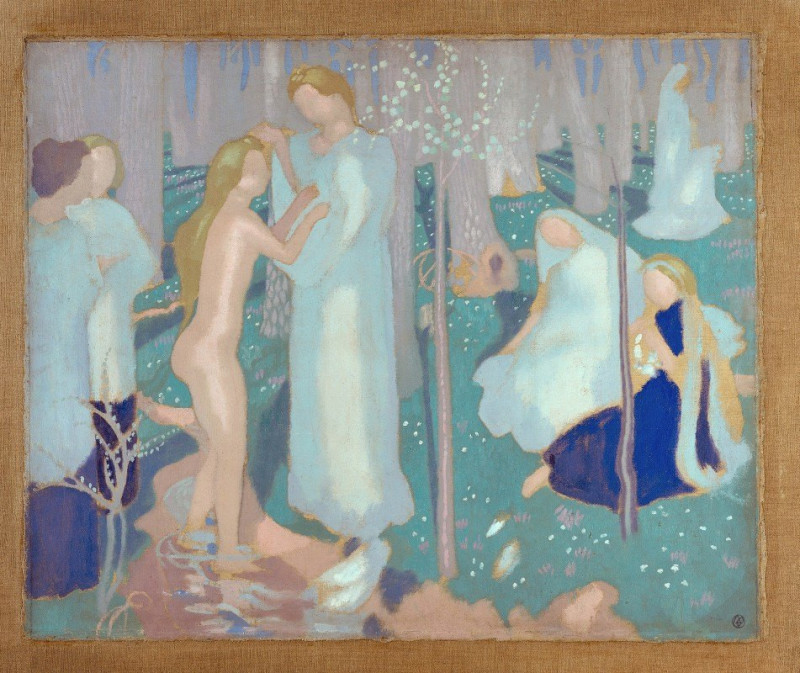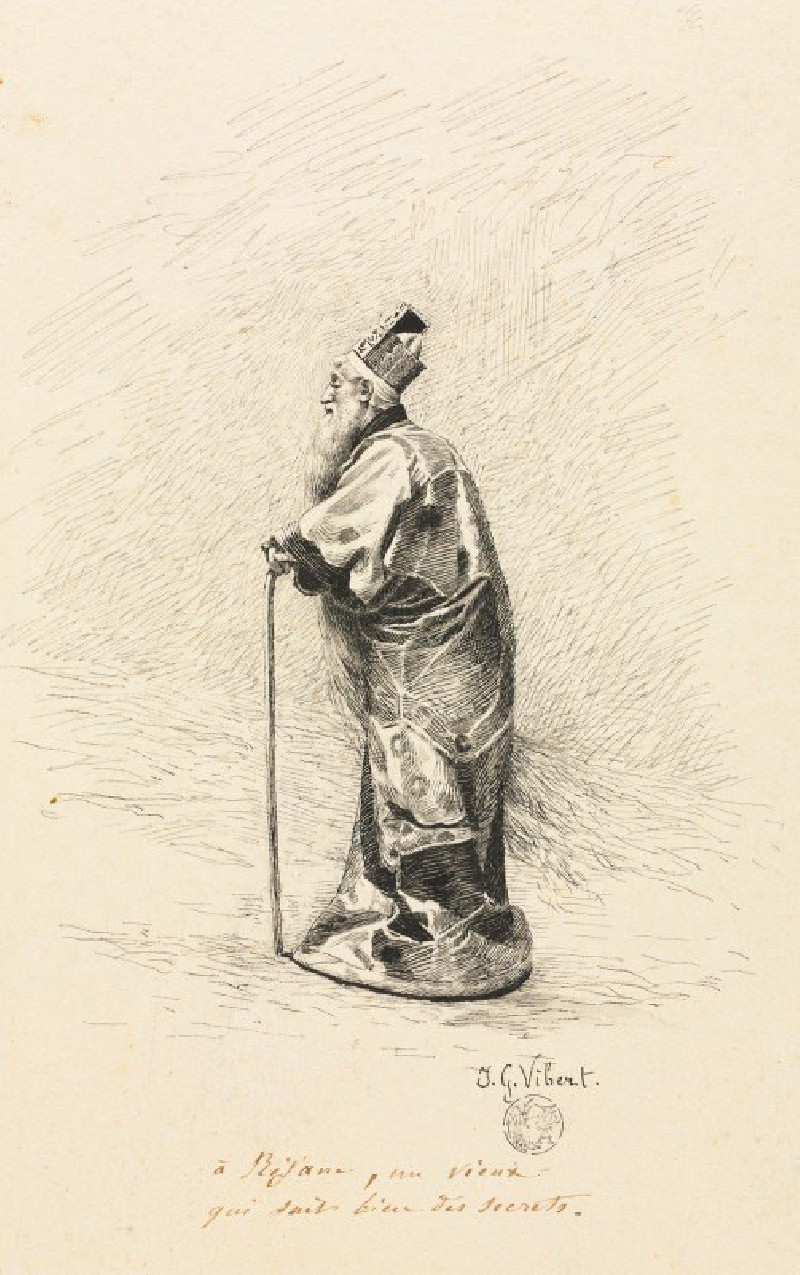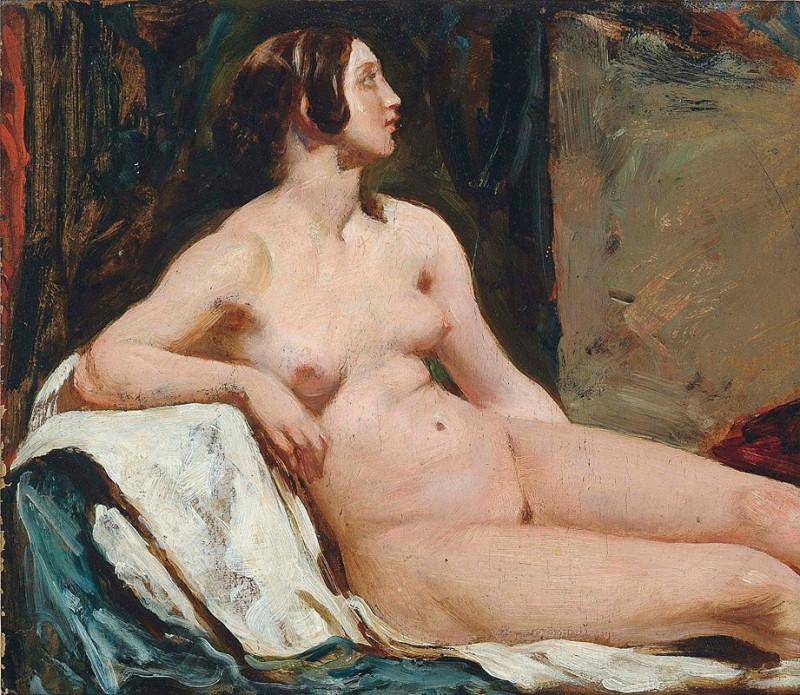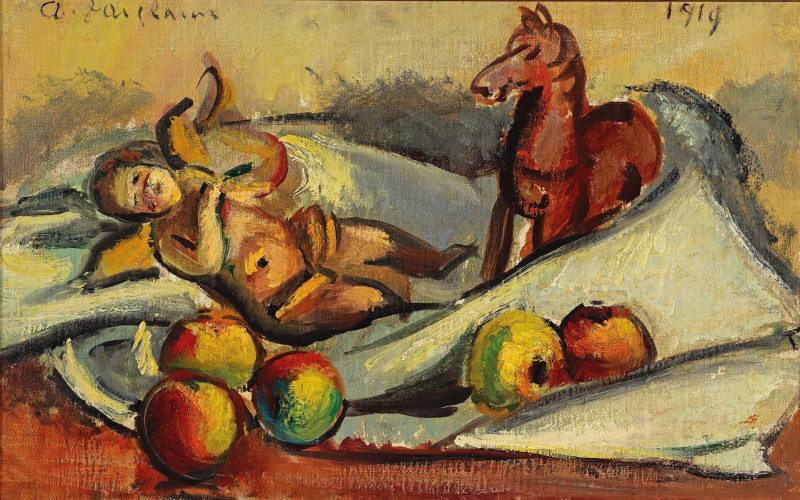Komposition aus ‘Pflaster und Wiese’ XXIII (1924)
Technique: Giclée quality print
Recommended by our customers
More about this artwork
Karl Wiener's thought-provoking painting, "Komposition aus ‘Pflaster und Wiese’ XXIII" (1924), presents an evocative landscape that merges industrial and residential themes. This composition showcases a stark, somber skyline dominated by dark, billowing smokestacks, which starkly contrasts with the more vibrant tones seen in the surrounding architecture.In the foreground, the alignment of yellow-toned buildings flanking either side creates a corridor that appears to lead towards a factory or similar industrial facility at the center. The factory's silhouetted structure against a dusky sky almost imbues the scene with a sense of foreboding. Interestingly, there's a glimpse of natural elements, hinted at by the title's reference to "Wiese" (meadow), in the deep and murky green fields between the buildings. These might symbolize a patch of nature engulfed by urban sprawl.Wiener uses a blend of gritty and muted textures to highlight the conflict between the natural environment and human encroachment.

